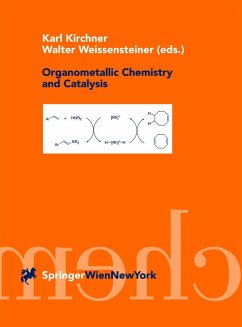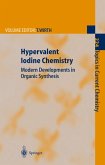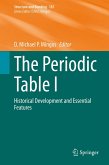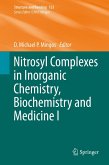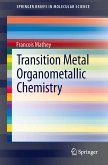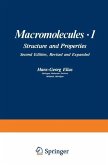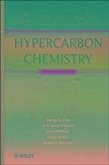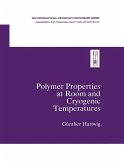From the beginning of chemistry as an exact (natural) science - almost 200 years ago - there was a more or less distinct differentiation between its various branches such as organic, inorganic, physical, analytical, or biochemistry. With the increasing insight into the connections and governing laws it soon became obvious, however, that such a clear separation could be regarded as more or less obsolete; within almost any field of chemical research one has to deal with most of the branches mentioned. Especially organic and inorganic chemistry are significant examples for this statement, overlapping considerably within the important field of organome tallic chemistry. This regime of chemistry started its advance with the discovery of dimethylzinc 150 years ago, had a highlight with the introduction of Grignard reagents around 1900, developed further with the start of lithium organyls in 1925 and literally exploded after the discovery of the first transition metal cyclopenta dienyl complex ferrocene half a century ago. The chronological sequence of the important steps, i. e. 1850 (Zn) - 1900 (Mg) - 1925 (Li) - 1950 (Fe), seems rather remarkable. The increasing group of metallocenes is not only of high theoretical and, due to the potential chirality of its members, stereochemical interest, but offers also a wide variety of extremely useful catalysts, especially for stereoselective reactions. The Austrian Chemical Society took this development into account by organizing the Twelfth International Conference on Organometallic Chemistry held in Vienna in 1985.
Dieser Download kann aus rechtlichen Gründen nur mit Rechnungsadresse in A, B, BG, CY, CZ, D, DK, EW, E, FIN, F, GR, HR, H, IRL, I, LT, L, LR, M, NL, PL, P, R, S, SLO, SK ausgeliefert werden.

